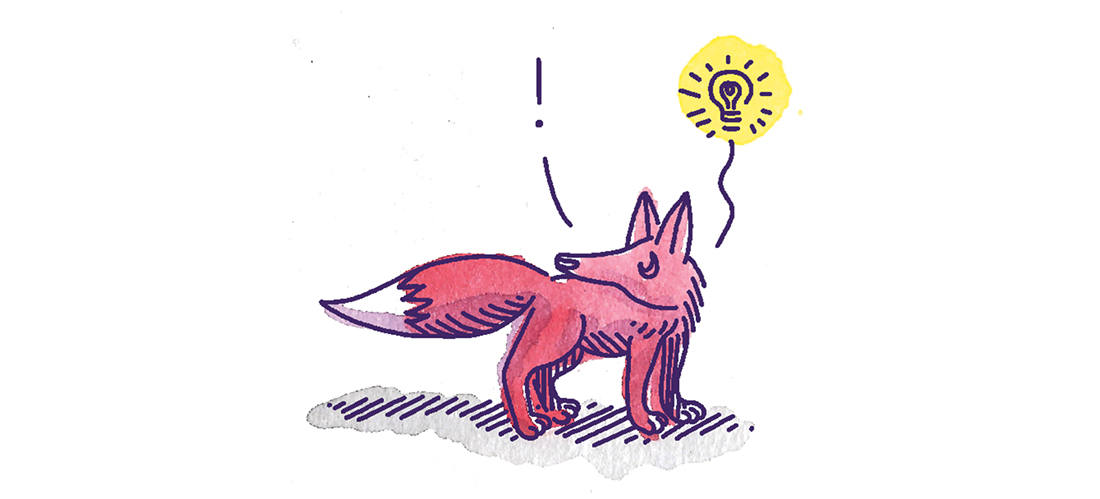
A fresh pair of eyes sees a theme
Story and Illustrations by Romey Petite
After the pines, it was the first thing I noticed. They’re everywhere you go.
Foxes.
You find them on signs, mailboxes and in murals. I’ve seen them in shops, too, just like the auspicious calico bobtail figurines found in Japanese restaurants. Even one particularly amusing hood ornament featured a fox in a wolf-in-sheep’s clothing scenario. He was dressed as a hunter, complete with riding hat, sitting astride the back of a hound, giving chase, seemingly to himself. The hound was quite confused.
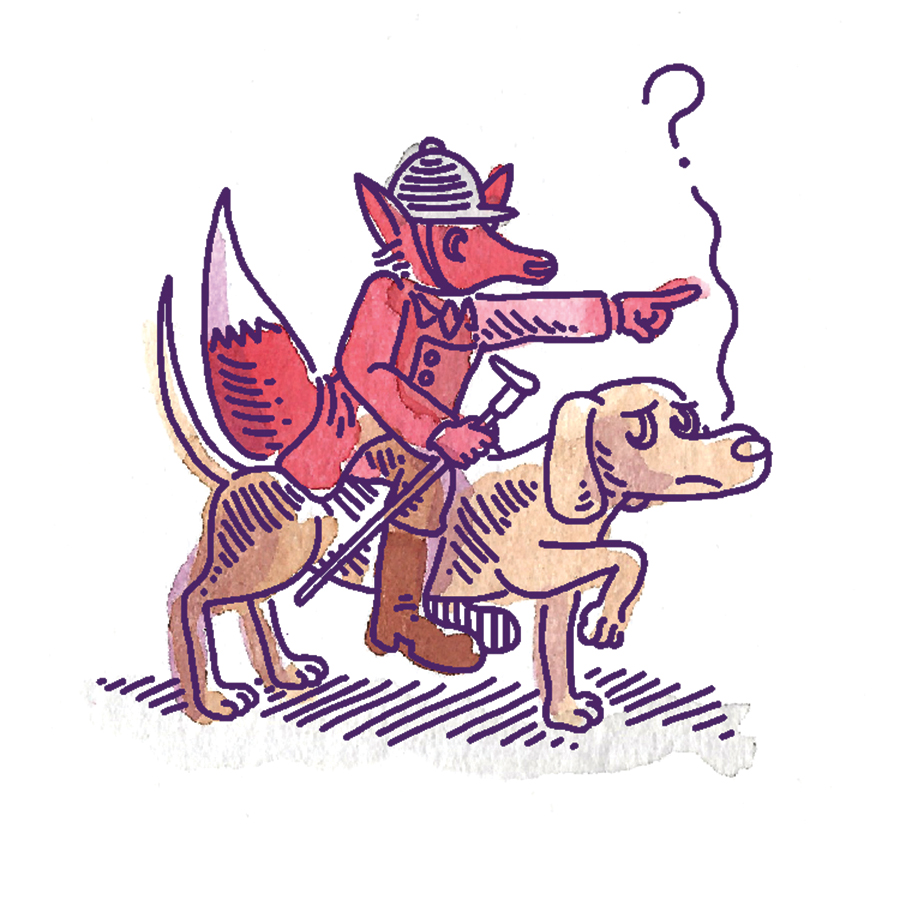
You can find the word “fox” fossilized in the names of the street signs and subdivisions from Fox Hollow, to Foxfire Road, and Fox Creek.
For a stranger, it’s a bit surreal.
In the short while I’ve been here, a little over seven months, I’ve had as many nature sightings as tourists see fleur-de-lis in my native New Orleans. I’m a city boy — give me time. The novelty will wear off.
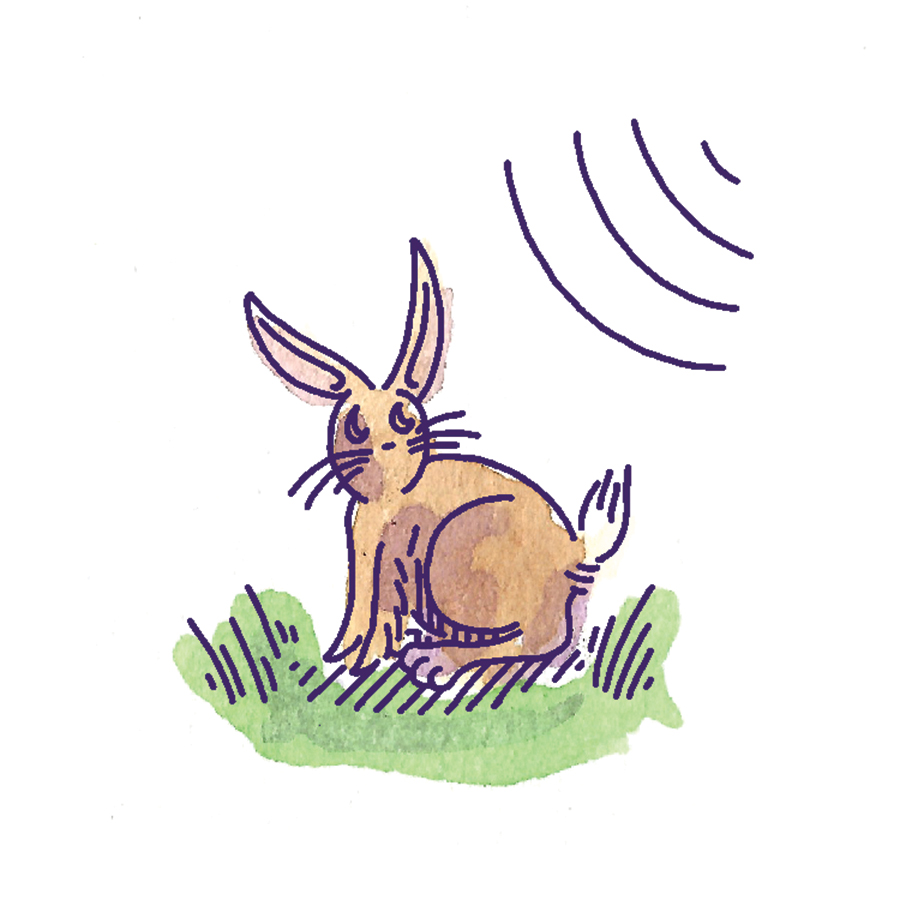
In the late summer, I was taken with the evening sounds of a neighboring catbird, one that trilled each day in the hour or so between 4 and 5 o’clock.
One winter morning, on my stroll to work, I found the lawns and pines crowded with robins. I removed my headphones to take in the soundtrack on Massachusetts Avenue.
From the comfort of my girlfriend’s family’s dining room, I glimpsed a rabbit going about its business. Its ears were darting around in the direction of the glass window as if the little creature could hear us. I was sure of this: He knew we were there, but he could not see us.
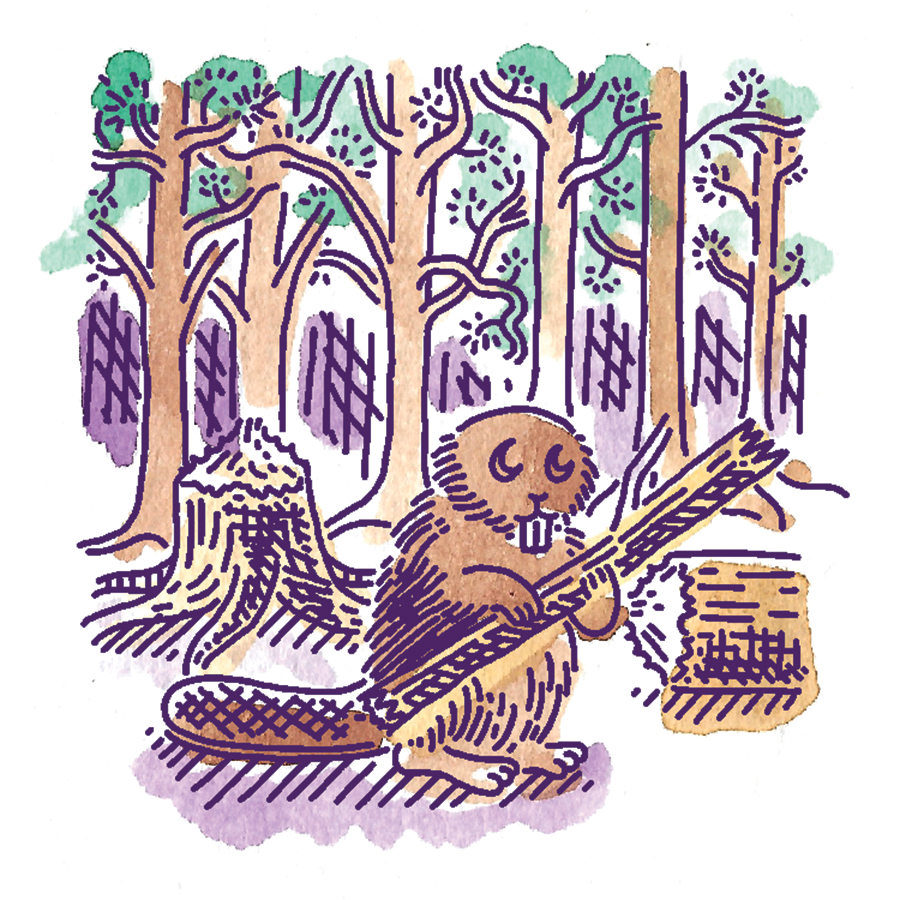
I’ve stumbled on the telltale signs of a beaver’s handiwork at the reservoir — a downed tree and woodchips — while turtles bobbed like apples just beneath the surface and waterfowl glided along.
I’ve counted two crows mobbing a Cooper’s hawk. I remember thinking of something I’d read about crows — that they are very wise with a terrific memory capable of recalling anyone, human or otherwise, that do them a bad turn. That hawk would do well not to show himself again.
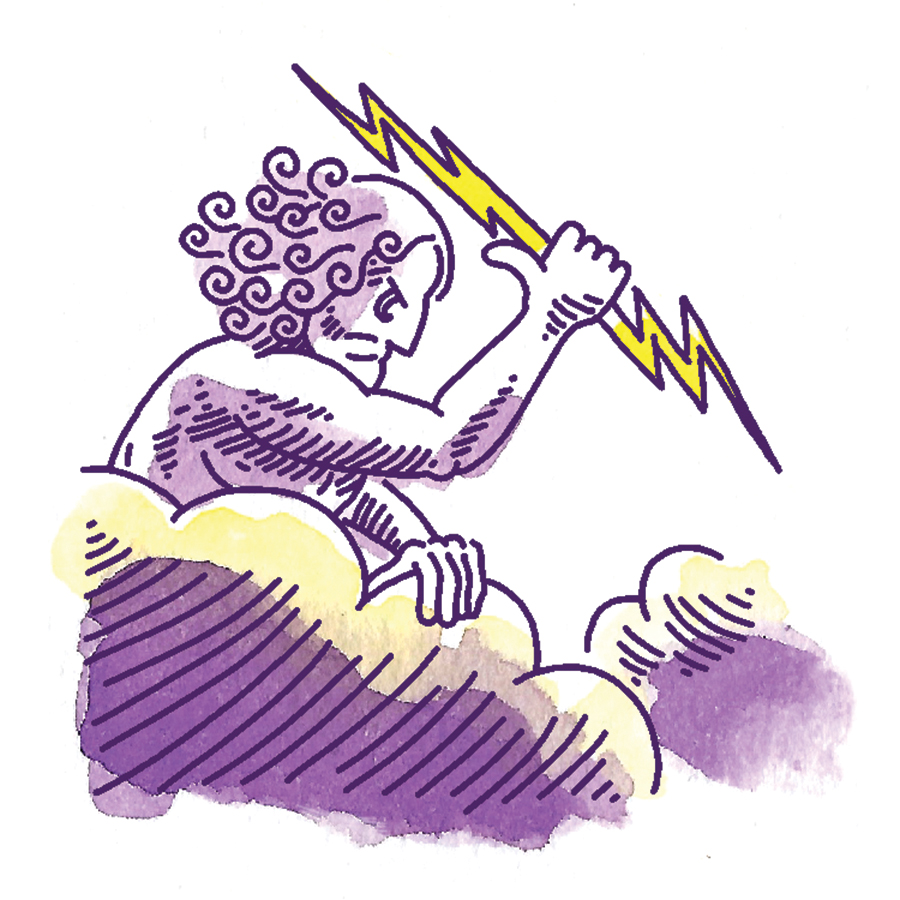
And yet, not a real fox to be found. Not yet.
In time, I’ve accepted foxes as a kind of Sandhills totem. But why? I kept looking for an explanation. Or a story.
There is an ancient Greek myth of a fox sent by the gods to punish Thebes, the city where Oedipus became king. She devoured chickens, sheep and children. No one was safe. People hid in their homes from the blur of a beast that left a whirlwind in her wake. So terrifying was this vixen and so elusive she could neither be caught nor felled. Not even, at first, by the mightiest of generals, Amphitryon.
Had this place harbored such history?
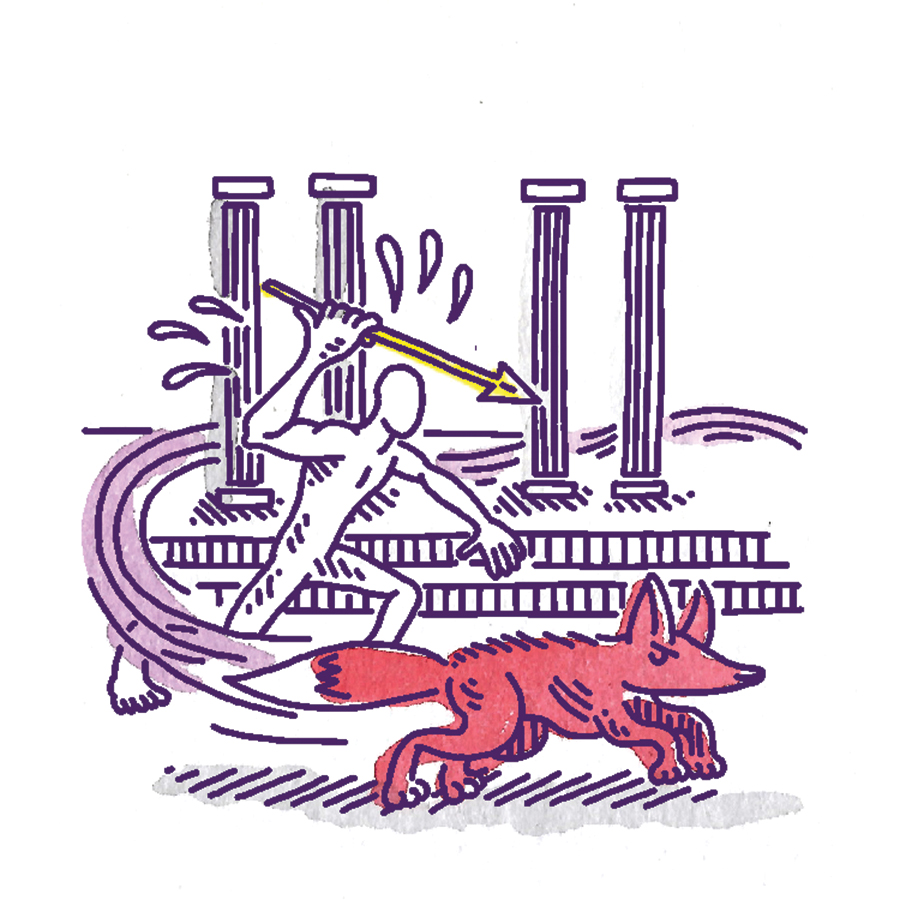
Not exactly.
If you visited New Orleans, you’d notice our recurring symbols. We flaunt them. From the trundling streetcars, to the uncanny carnival masks, to the cheap plastic beads hanging from the oak trees intermingled with Spanish moss, to the ubiquitous symbol of the Bourbon Dynasty — adopted by the Creole colonials for their own purposes.
Perhaps it’s in my blood, but as an expatriate from a city that celebrates its ties to France (and mainland Europe), there was nothing more unfamiliar to me than the spiritual fervor in the air during the annual Blessing of the Hounds. Particularly the men in red coats — sorry, hunting pink — on horseback.
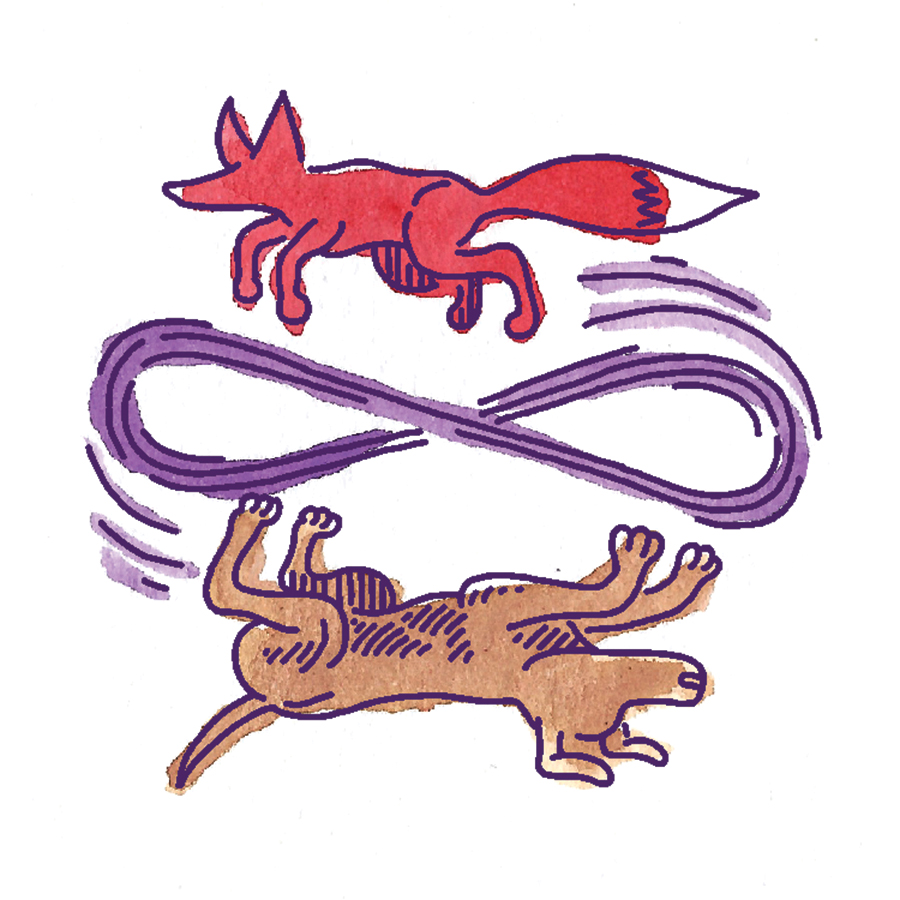
I grew up with stories of Br’er Rabbit. They gave me an affinity for tricksters, the characters that foxes often embody in folktales. Naturally, I couldn’t help feeling for the poor fox in this predicament — chased, cornered. I was comforted beforehand by an assurance from a hobbyist foxhunter that these days the hounds mostly chase coyote. Ah. Coyote — a trickster of yet another mythos.
Strangers tend to notice the things locals no longer see. So, what became of the vixen-vexed town of Thebes and its tormentor, the fox?
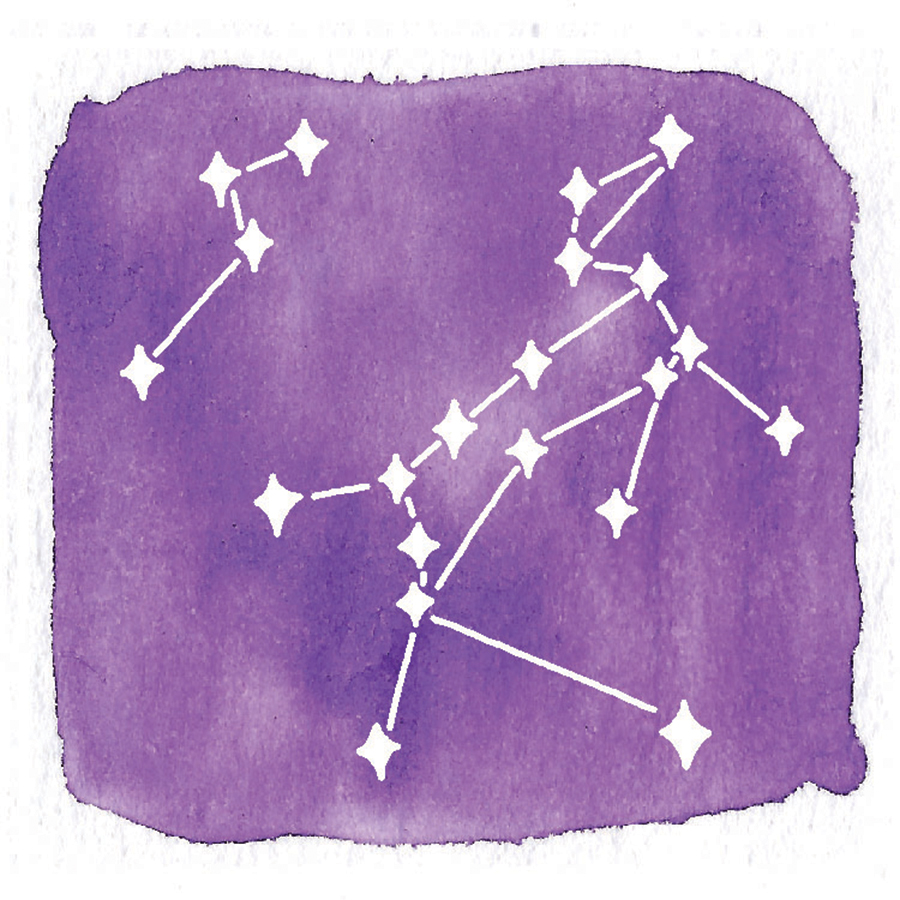
At first, Amphitryon cursed his luck. He knew he’d been given an impossible task. He would grow old and die before he’d manage to catch that fox on his own. So the wise general decided he wouldn’t waste his time. There were more important battles to be fought and won.
A special hound was bred and summoned, a hound worthy of this task, one who would give chase for as long as it would take. Laelaps was his name, and he was let loose to bark, snarl, and spring at the heels of the fox.
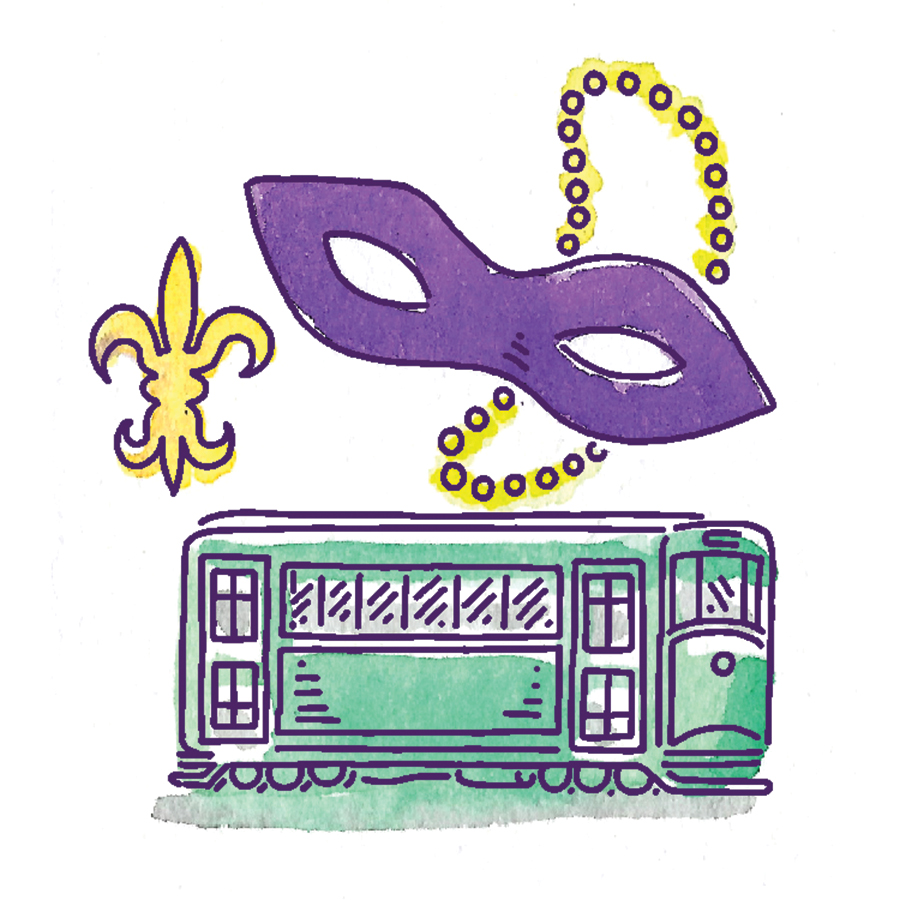
This tireless thief was chased by the relentless pursuer until, once again, the gods intervened, offering mercy to mortals. Zeus placed both monsters in the sky forming Canis Major (the hound) and Canis Minor (the fox).
It is hard to leave New Orleans. It spoils you with good food, with good music, with a culture not found anywhere else in America. Sold to the United States by Napoleon who needed money to fight the British, it’s a European city on this side of the pond, with African and Caribbean cultures mixed into the gumbo crockpot.
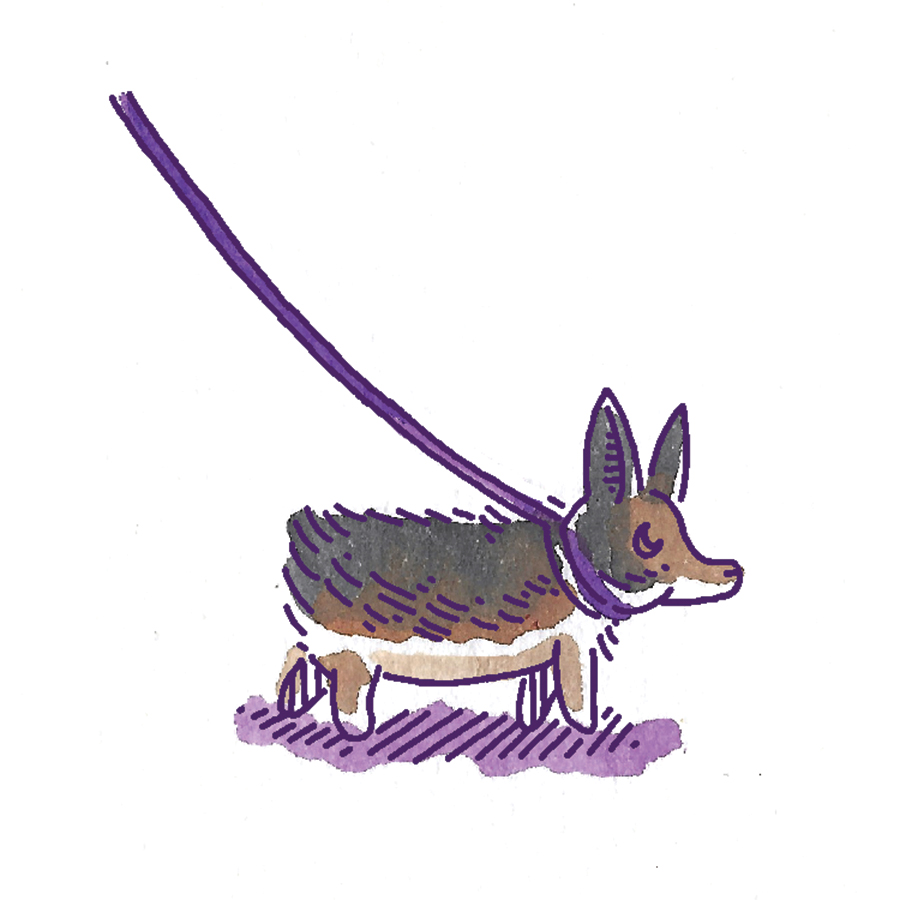
Some nights, walking a fox-eared Corgi, I look up as the stars give chase to one another in the sky. Through the pines, and far from the city lights, I can see the constellations considerably better from here. PS
Romey Petite is a writer and illustrator, a recent New Orleans transplant and a contributor to our Bookshelf column. He can be contacted at romeypetite@gmail.com





